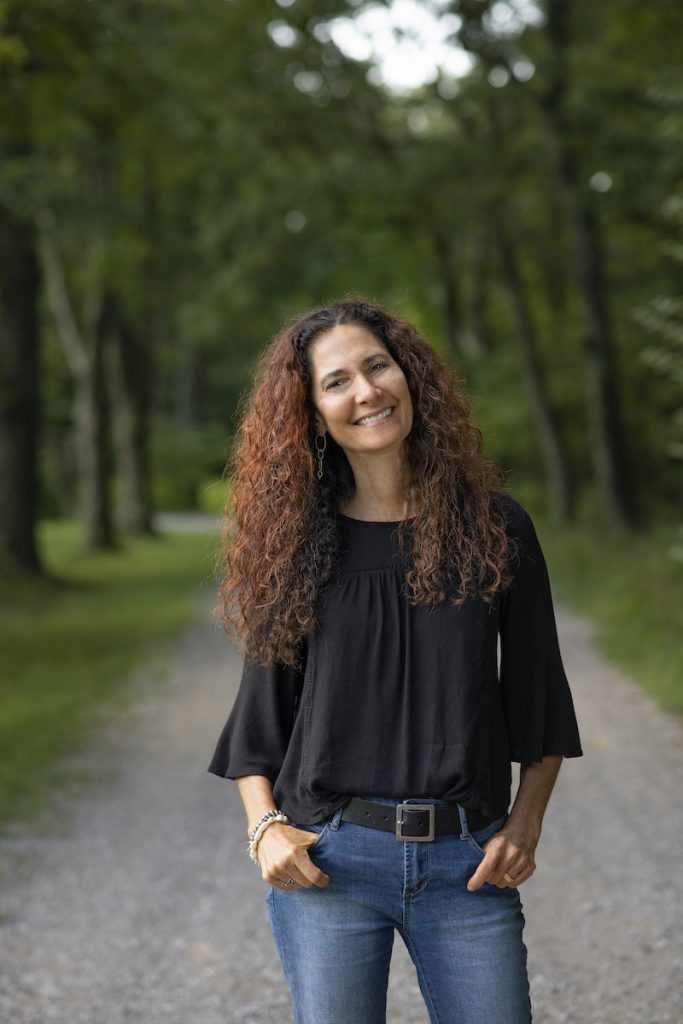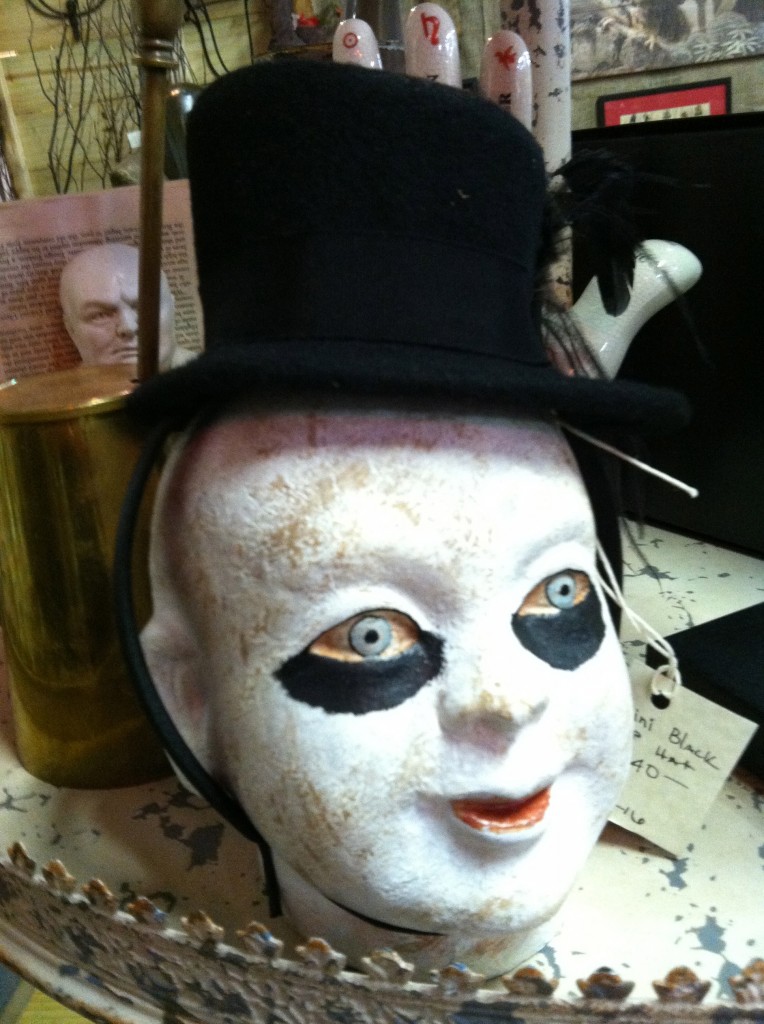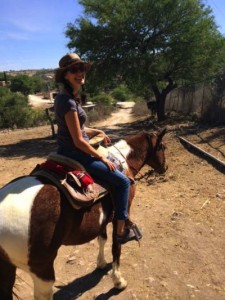
My husband and I bought ourselves a red Ping Pong table last December. We put it in his upstairs office, which is the only place it can fit. Since buying our house, we’d gone back and forth on what kind of sitting area to create in front of his desk but could never decide. When we saw the ping pong table, we knew the problem wasn’t indecision. The problem was we didn’t want to sit.
We play ping pong sometimes in the evenings after dinner, but mainly we play in stolen moments between working and working, like when I walk down the short hallway from my office to his to let the dogs out, or when he calls me in to ask a question about something he’s doing. Dogs let out, question answered, we pick up our paddles and a ferocious volley explodes. We play until we are ready to get back to work, or lose three balls to the staircase, whichever comes first. Usually, it’s not more than about ten minutes. But it does the trick. We return to our work more focused. The dogs return to their happy places under my desk and in the big red chair in the corner of my office. And that’s that until we do it again, maybe in two hours, maybe not until the next day.
It’s no secret that my husband and I struggle with balance. We tend to overwork, though we tell ourselves it’s just because we love what we do. And we do! But even too much of a good thing can be too much, we remind ourselves. Years ago, my writing mentor, upon hearing that I was laboring all day and then again after dinner on a writing project, exclaimed, “Stop sitting on your manuscript!” She was trying to tell me that projects, like people, need space to breathe. Which reminded me that I also needed to breathe.
To not work all the time, my husband and I have thrown ourselves into other activities in addition to the pop-up ping pong rallies. He plays golf two or three days a week. I play pickleball five mornings a week. I tell myself that while it’s true too much of a good thing can be too much, the rule doesn’t apply to golf or pickleball. I tell myself the fact that my right elbow sizzles with pain and I had to have surgery on my right hand is somehow unrelated to my playing a paddle sport ten hours a week. Admittedly, when my doctor heard the five-days-a-week pickleball statistic, she, like my writing mentor years ago, was aghast.
“Can’t you find something else to do a few mornings a week?” she asked. I could write more, I thought, but then I didn’t want to get back to sitting on my manuscript, so really, the answer was no.
Secretly, I think it’s a positive thing that I like what I do enough to cause myself to need surgery and interventions from alarmed others. Perhaps it’s because I can remember plenty of years that I cried on my way to work every morning because I was so unhappy, and years when I moved my body in healthy ways only in service to losing a staggeringly unhealthy number of pounds. Those days make the imbalance in my current life look a lot like balance.
Recently my husband and I started reading Arthur C. Brook’s book, From Strength to Strength: Finding Success, Happiness, and Deep Purpose in the Second Half of Life. It’s all about embracing the inevitable, age-related changes in our abilities and interests while recognizing that the trade-off is deep wisdom, richer connections with others, and detachment from empty rewards. Brooks says it’s important, as we get older, to let go of the illusion that our achievements and accolades can sustain us, because they are ephemeral: they begin to dissipate almost as soon as we get them. He explains that the path to happiness in later life lies not in continuing to rack up successes (which gets harder and harder, particularly in certain professions), or in attempting to live off the emotional spoils of our legacy. Through seven years of research and interviews, Brooks discovered that happiness in later life comes not in continued striving (which is a strength we enjoy most in our younger years), but in tending to our relationships, and in embracing the “deep wisdom”—a more enduring and rewarding strength–that (if we are lucky) has come with age.
I’m not ready to give up the thrill of seeing a new writing project in print, and a win on the pickleball court still delights. Still, I can see the beginnings of one curtain dropping as another one lifts. I no longer have the drive to make a name for myself, to show up on some lighted billboard for an accolade that is sexy but fleeting. More and more I find myself appreciating not just the challenges of pickleball, but the players, who have become my friends. I think this must be how the march from one strength to another begins: as a kind of ping-ponging back and forth between your current world and a new and potentially more resonant one, until such time as you put down one ball entirely, and step fully and fruitfully into a whole different game.







